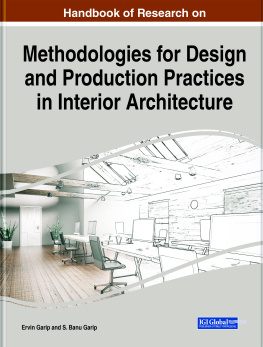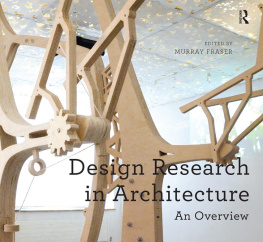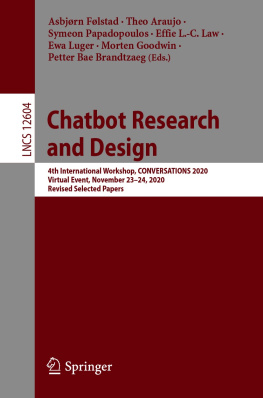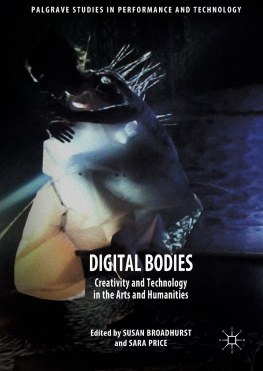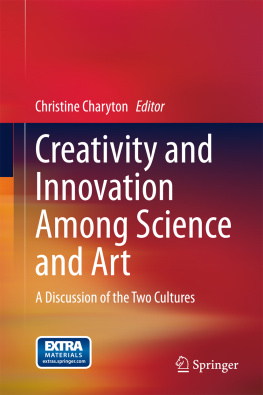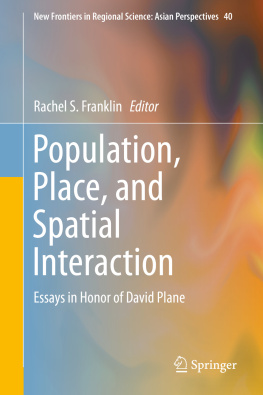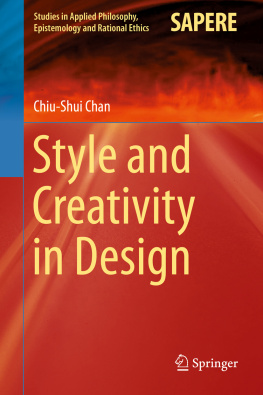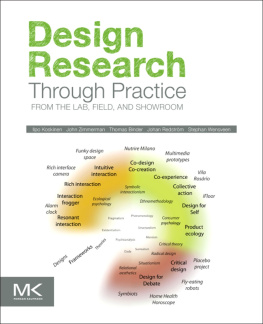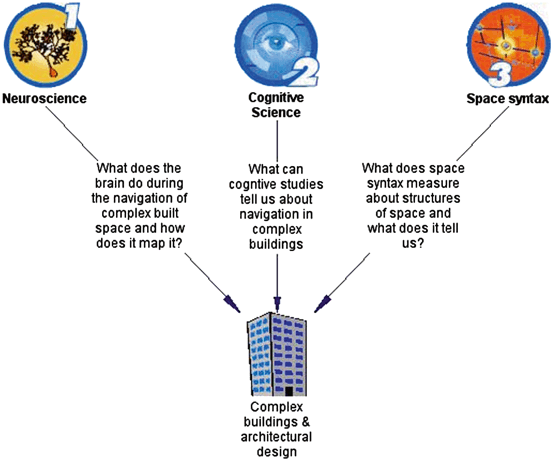This paper provides a tentative set of ideas which attempt to draw together research from neuroscience, spatial cognition and architecture (space syntax). It starts by considering the questions, What does the brain do during the navigation of complex built space and how does it map it? What can cognitive studies tell us about navigation in complex buildings? and What does space syntax measure about structures of space and what does it tell us? These questions serve as the starting point for the establishment of a framework for future collaborative efforts to bring together these disparate areas but with the fundamental aim of ultimately supporting architects to design more user-friendly buildings.
Introduction
In recent years, interest has been sparked by the overlap between architecture and neuroscience [], he describes the five broad areas that are studied in neuroscience as being: (1) sensation and perception, (2) learning and memory, (3) decision making, emotion and affect, and (4) movement or how do we interact with our environment and navigate through it? (Ibid. p. 755). It can be seen that the majority of research hitherto undertaken on the boundaries between neuroscience and architecture fit into the first and fourth of these areas. This paper, in contrary to these other approaches, firmly concentrates on this latter area of study. To some extents, we are also addressing the third area, namely decision making, but only insofar as it is part of the act of wayfinding and navigation.
This paper will be presented in two sections; the first will examine three distinct and dissociated academic fields, neuroscience, cognitive science and space syntax (a discipline that emerged out of specifically architectural research, but arguably now covers a wider application domain), and will consider what recent developments in each of these fields can tell us about the usability and design of complex buildings, with a strong focus on issues such as wayfinding, navigability and legibility (see Fig. for a diagrammatic representation of these three contributions). It will go on to suggest how these different strands of enquiry can be integrated and what potentials exist for future, collaborative research. The second section of this paper will examine the specific implications for the designer by suggesting ways in which these recent developments can be used to assist architects in the process of designing buildings that are more easily navigable and comprehensible, as informed from a spatial, cognitive and neuroscience standpoint. It is in this last section, that specific design issues will be addressed and we suggest how different approaches or heuristics might emerge from the empirical research in the neuroscience, cognition and architectural communities.
Fig. 1
The relative contributions of neuroscience, cognitive science and space syntax analysis to the design of complex buildings
What Does the Brain Do During the Navigation of Complex Built Space and How Does It Map It?
If architects are called upon to design spatially complex environments that are effortlessly comprehensible, could it be of assistance to have an idea of what kind of neural activity takes place during navigation or even during the event of simply occupying a space? Until recently, such suppositions would have been purely speculative, but in recent years, through rapid advancements in neuroimaging, it is evident that a diverse network of brain regions are engaged during the navigation of complex built space. Navigation is a multi-faceted cognitive task, which relies on processing sensory information, coordinating movement, remembering the environment and planning. Thus, no wonder so many brain regions are active during navigation. Much has been learned from studies combining virtual reality environments and neuroimaging. Because neuroimaging requires the participant to remain very still inside the brain scanner, virtual reality has proved invaluable. Such studies have revealed that a network of brain regions including the hippocampus, parahippocampus, retrosplenial cortex, posterior parietal cortex and medial prefrontal cortex is more active during navigation [].
A detailed understanding the how the brain supports navigation and maps out the environment has come from studying the neurophysiology of the hippocampal formation and areas connected to it. Remarkably, cells in the hippocampal formation appear to contain an internal map and compass to support navigation. Evidence for this has come from recording the neuronal activity while an animal explores an environment. By continually recording the neuronal cell activity in the hippocampus along with the animals position in an environment and it is possible to map the activity of cells to the surface of the environment and to the momentary orientation of the animal within it. This approach as revealed an elegant system dedicated to spatial mapping and orientation. Due to their distinctive properties cells in different regions of the hippocampal formation have been labeled with names such as place cells, head-direction cells, grid cells, and border cells. The first to be discovered were place cells by OKeefe and Dostrovsky in 1971 [].
Cells in a region next to the hippocampus called the presubiculum also produce a spatially tuned response, but it is not place related. Instead, these cells offer something akin to an internal compass by expressing activity tuned to certain head-directions in the current environment []. Thus, one cell might fire maximally when an animals head is facing northeast, another when facing southeast, another northwest, etc. Collectively the population covers all possible heading orientations. These cells are referred to as head-direction cells and have also been found in other brain regions connected to the presubiculum, such as the anterior thalamus and retrosplenial cortex. The cells can be modulated both by vestibular and visual information. When prominent landmarks in an environment are rotated between visits to an environment these cells will tend to follow the rotation, with all cells rotating by the same amount. Thus these cells create a sort of internal compass, but not one which is oriented by magnetic fields.
Grid cells and Border cells have both been discovered in the medial entorhinal cortex and subiculum. They are similar to place cells in that they show spatially localised patterns of activity in an environment, but they each differ from place cells in intriguing ways. Grid cell generate multiple place fields arranged in a tessellating grid-like pattern across the environment [].
Boundary vector cells []. These cells will only fire in a given place or set of places and only when an animal is facing in a particular direction. These have been found in the medial entorhinal cortex and presubiculum, but not the hippocampus proper.
Space is also mapped by cells in another part of the brain, the posterior parietal cortex []. These egocentric cells are organized to form structured maps of egocentric space, which can be used to remember where things are and guide actions through space to obtain goals, such as turning left or reaching/looking for an object. In order to create an internal map of an environment and navigate it, egocentric spatial information must be integrated with allocentric information, such that incoming sensory information acquired through egocentric receptors is integrated into a stable map, and in turn the map must be read out into egocentric referenced space to guide eye and limb movements.




